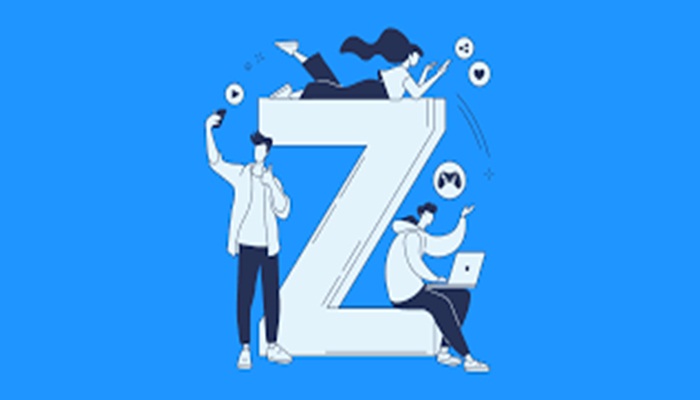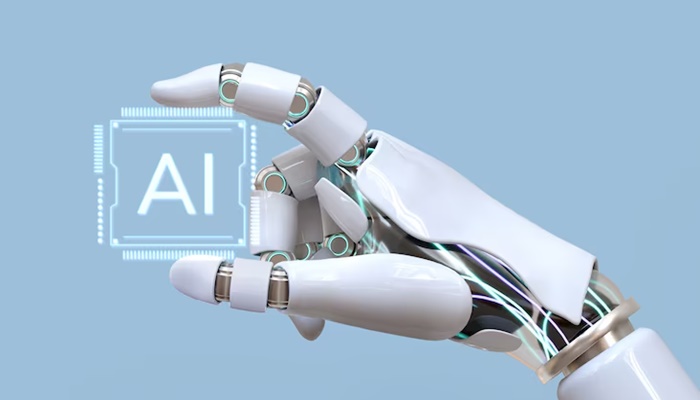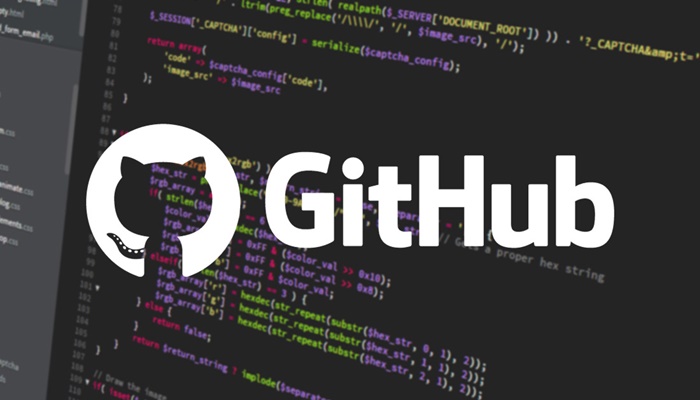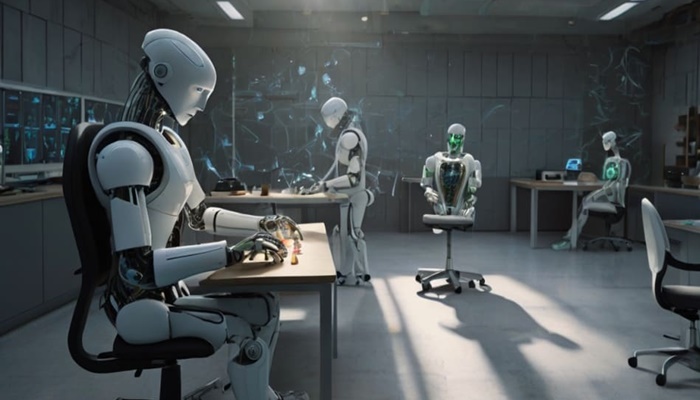Uncertainty translates into different meanings for different people and is largely defined by context. It is now visiting folks across the livelihood spectrum—those looking for jobs and those who are employed.
The creeping fear of generative artificial intelligence displacing job opportunities is reflected in search queries and posts on job portals. Type ‘AI jobs displacement fears’ or ‘AI jobs impact’ on LinkedIn, and you see a host of posts spanning the range from fear to hope.
The fears are scarcely unreal.
Earlier this month, Aneesh Raman, chief economic opportunity officer at LinkedIn, revealed in a signed piece, “AI poses a real threat to a substantial number of the jobs” for new seekers. Raman pointed out that LinkedIn’s Workforce Confidence Index was hitting new lows and cited a survey wherein two-thirds of executives admitted that AI will take over many of the tasks currently allocated to their entry-level employees.
Four decades back, philosopher J Krishnamurti had asked an existential question: “What is our place if computers and AI can do most of what we can do, faster and more efficiently?”
The impact of AI adoption on white-collar warriors showed up in a report on India’s job market published last week by TeamLease, a leading provider of staffing solutions. Its biannual survey for April-September 2025 estimated that job growth across India would slow down to 2.8 percent from 7.1 percent in the previous six months. The tempered outlook “underscores significant caution and a calibrated move toward agile, tech-enabled and modular workforce strategies in response to business uncertainty.”
The granular details merit attention. Job growth is plateauing in back office and administrative roles. Companies are investing in AI-driven workflow management and centralised operation hubs to curb costs and bloat. Gen AI and the emergence of inference and agentic solutions are propelling automation in factories and offices. AI-powered bots and self-service portals are replacing HR functions. Tech start-ups seek marketing and growth via AI. In media and entertainment, AI is driving post-production and audience engagement. The sectoral trend has been visible—especially in IT jobs—and is accelerating.
The gloom sensed by job seekers has popped up persistently in expert articulation every few months. This week, Dario Amodei, once on the founding team of OpenAI and currently CEO at Anthropic, warned of a ‘white-collar bloodbath’.
Amodei said, “AI could wipe out half of all entry-level white-collar jobs.”
The man who is building the large-language model Claude, which ironically is used to retrench human interface, says, “Lawmakers don’t get it, CEOs are afraid to talk about it and workers won’t realise the risks” until after it hits. Amodei has plenty of company.
Bill Gates has predicted, “Within 10 years, AI will replace many doctors and teachers.” We know of AI reading of cancer imaging. Now, AI-based mammography is here and is raising ethical questions. There is no dearth of studies either. An IMF research estimates that AI will affect almost 40 percent of jobs around the world, replacing some and complementing others. A report of the US Senate recognises: “AI has the potential to affect every sector of the workforce—including both blue-collar and white-collar jobs.” A report by Goldman Sachs says the emerging capabilities of AI models will result in companies eventually ‘employing AI workers’ along with humans.
Indian enterprises are on the tech wagon, too. This week, India’s IT behemoth Infosys announced the launch of over 200 enterprise AI agents powered by its Topaz suite on Google Cloud Vertex AI platform. AI agents leverage machine learning and cognitive architecture to manage processes and deliver outcomes at scale across sectors. A study by Deloitte shows 80 percent companies are exploring development of autonomous agents and 70 percent signalled a desire to use Gen AI for automation.
Effectively, the deployment of machine-based solutions will retrench human interface. The migration is visible in corporate plans and results. Morgan Stanley estimates that mentions of AI accompanied by adoption have reached a record high on earnings calls. And the cash is showing up on the books of chips giant Nvidia, which beat Street estimates to clock $44.1 billion in first-quarter revenues despite lacking access to China, which accounts for half of the chips market. In a call with investors, CEO Jensen Huang defined AI as infrastructure and underlined that the expansion of investment intent across the globe is just the beginning.
The rapid adoption of AI-driven solutions in advanced economies is catalysed by demographic reality—every day, over 10,000 persons retire in the US and the estimate is twice for Europe. Technology bridges the manpower gap and boosts profits. This acceleration in adoption of technology has implications for India’s demography of a young workforce and for growth. Private final consumption, which accounts for 56.5 percent of GDP, depends on job creation.
The American polymath Roy Amara had famously said, “We tend to overestimate the effect of a technology in the short run and underestimate the effect in the long run.” It is not too late. The world over, countries are redefining economic objectives, reframing curriculum and redesigning skilling programmes to adapt to the AI age. India is not immune to the global trends and must review the gamut of policies governing education, skilling, investment and job creation. India’s political class needs to shun partisan electoral short-termism to ensure long-term sustainability of its political economy.




















